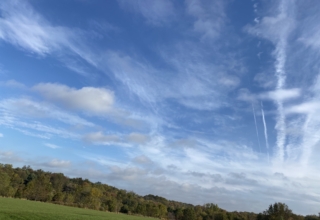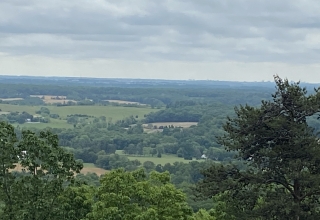
The Frontier Town
In bringing this summary report to a close, I turn to a metaphor that I have repeatedly introduced in my previous reports. It is the metaphor of professional coaching operating in a frontier town. The professional coaching community might be on the threshold of establishing a real “town” with law and order, a schoolhouse and some legitimate businesses. Perhaps the town is already well established. This being the case, we might be finding that the earlier occupants of this community find the town a bit too “tame” and no longer a site of radical entrepreneurship. They might be getting a bit bored and are making plans to move on to another newly discovered territory. Conversely, the new arrivals might be excited about the prospects of living and working in this wonderful new (for them) town.
At this point we must ask if this metaphor is appropriate. Like many metaphors it is compelling but might not very accurate? Is the frontier town metaphor appropriate in understanding potential difference between professional coaches who I have assigned to different categories? It might now be out-of-date, given the increasingly cosmopolitan nature of our professional coaching community—and it might never have been a valid portrayal of the complex history of professional coaching. I am obviously engaging a metaphor that is much too fanciful for any serious analysis of the marginal results obtained from this first study; however, even if it is fanciful, this metaphor might at least provoke conversations and further research. Furthermore, the dynamics operating in this metaphor do align with what has already been proposed regarding fads (Maher and Pomerantz, 2008) and what I have written about the diffusion of innovation (Bergquist, 2011).
The Diffusion of Innovation
I want to build on my 2011 publication by bringing in results from the present study. I suggested in 2011 that a diffusion of innovation analysis can be applied to a fuller understanding of insights to be gained from a metaphor of professional coaching being a frontier town. I described a town to which some people are attracted during the early years, while other people are attracted during the later years. This pattern is aligned with the widely accepted model of innovation diffusion first offered by Everett Rogers (yet another Rogers in this analysis!) (Rogers, 2003). Five stages of innovation diffusion were identified by Rogers. The populations associated with each stage were labeled: (1) innovators, (2) early adopters, (3) early majority, (4) late majority and (5) recalcitrants (non-adopters). Elsewhere, in addressing the diffusion of another innovative human service field (faculty development), I introduced parallels between these populations and those found in the creation of a frontier town (Bergquist, 2010). One year later I applied this metaphor to the field of professional coaching (Bergquist, 2011).















